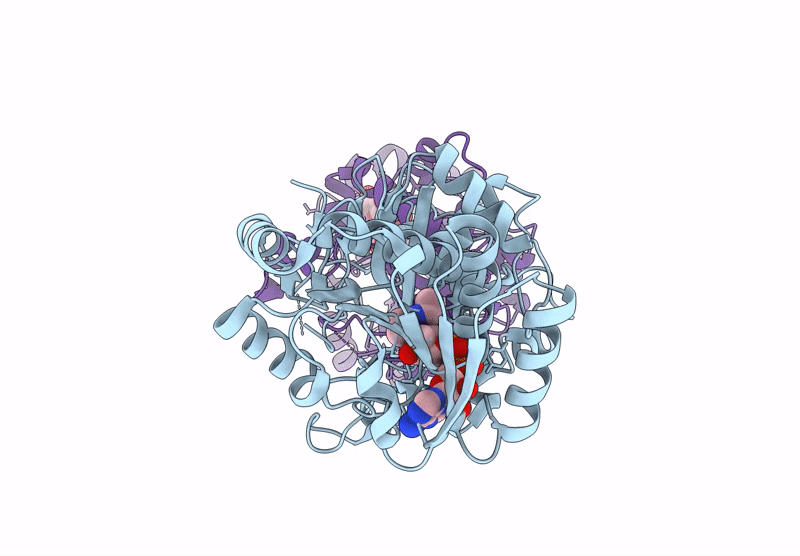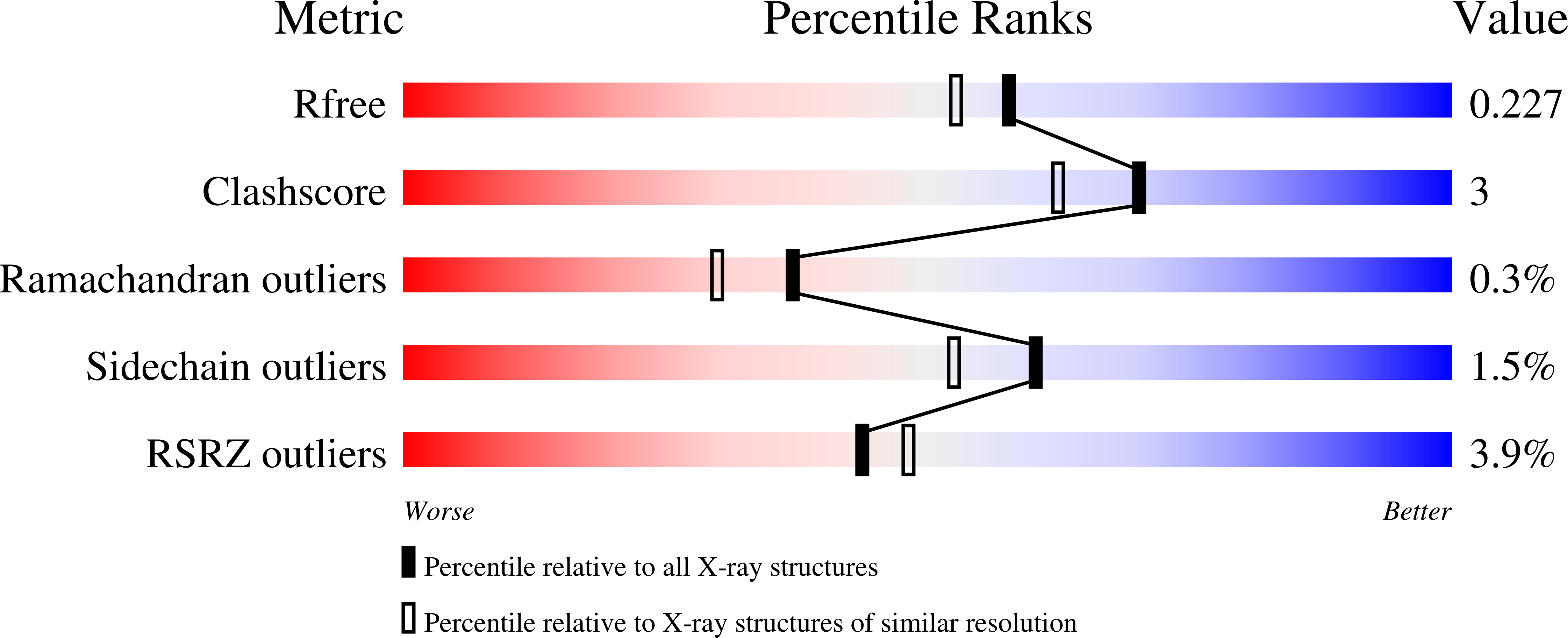
Deposition Date
2024-10-27
Release Date
2025-02-26
Last Version Date
2025-05-14
Entry Detail
PDB ID:
9E56
Keywords:
Title:
TAD from Carmabin Biosynthetic Pathway with Disulfide between Cys2238 and Dephosphocoenzyme A - Crystal Form 2
Biological Source:
Source Organism:
Moorena producens 3L (Taxon ID: 489825)
Host Organism:
Method Details:
Experimental Method:
Resolution:
1.94 Å
R-Value Free:
0.22
R-Value Work:
0.19
R-Value Observed:
0.19
Space Group:
P 21 21 21


